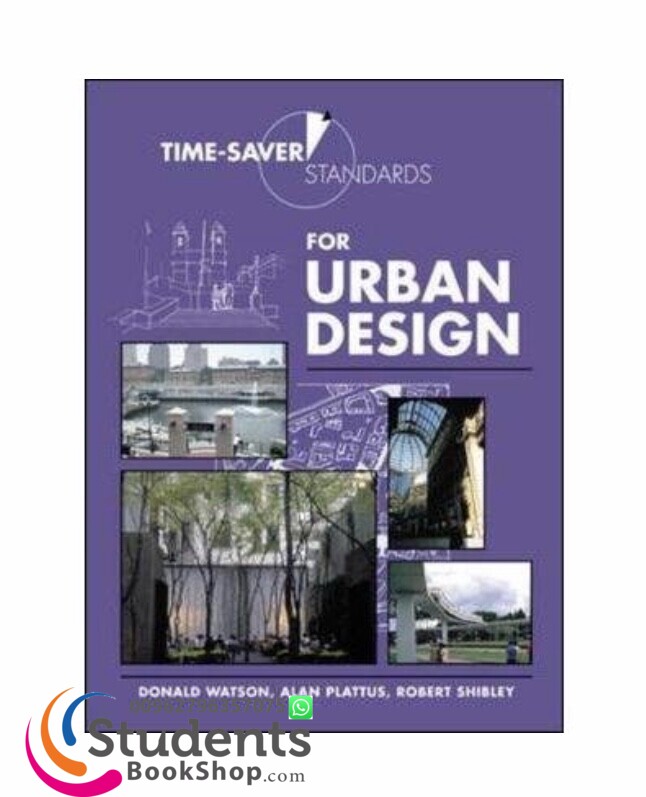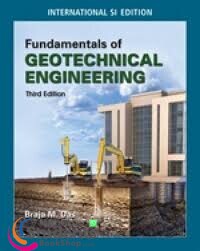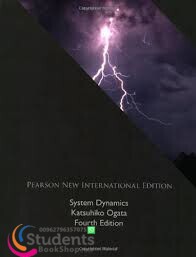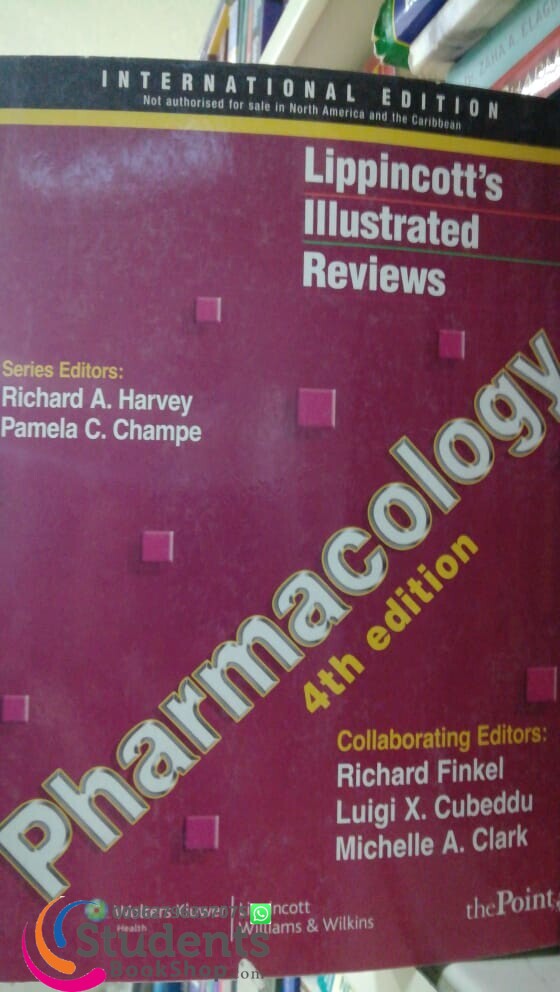الطبعة السابعة TIME-SAVER STANDARDS كتاب
اضافة الى المفضلة١٠٢٫٦٩ دينار
Bundled CD-ROM with additional, still-current chapters from the Seventh Edition
More graphic illustrations, figures, tables and summaries
Latest on building envelope design and diagnostics
Updated data on universal design, stairs, and parking
Environmental and "green architecture" principles and details
New standards of building commissioning, performance measurement, and quality control in construction
RENAISSANCE OF AN ARCHITECTURAL CLASSIC
For today's hands-on, visual generation
Time-Saver Standards for Architectural Design has reinvented itself! A treasured reference of architects and construction professionals for nearly 60 years, the eighth edition of this classic gives you a fresh, new visual approach to information. Now it's even easier to find the facts, figures, references, and summaries of "lessons learned." Featuring new contributions from world authorities and specialists, Time-Saver Standards for Architectural Design brings you expert insight into the fundamentals of architecture and design practices. You also get a wealth of data on all aspects of architectural design and building construction, including substructure, superstructure, building shell, interiors, and services, formatted according to the Uniformat II classification system. Let this comprehensive overview of the fundamental knowledge and technologies required for exemplary architectural practice augment and enhance your practice―starting today.
AUTHORITATIVE REFERENCE DATA FOR DESIGNING A BUILDING FROM THE GROUND UP
Part A. Substructure: Foundations and Basement Construction.
Part B. Shell: Superstructure, Exterior Closure, Roofing
Part C. Interiors: Interior Constructions, Staircases, Interior Finishes, Materials and Specifications, Dimensioning
Part D. Services: Conveying Systems, Plumbing, HVAC, Fire Protection, Electrical
Part E. Appendices: Classic Tables and Data, including metric system conversion and references
From the Back Cover
BUILDING A NEW TRADITION
Bundled CD-ROM with additional, still-current chapters from the Seventh Edition
More graphic illustrations, figures, tables and summaries
Latest on building envelope design and diagnostics
Updated data on universal design, stairs, and parking
Environmental and "green architecture" principles and details
New standards of building commissioning, performance measurement, and quality control in construction
RENAISSANCE OF AN ARCHITECTURAL CLASSIC
For today's hands-on, visual generation
Time-Saver Standards for Architectural Design has reinvented itself! A treasured reference of architects and construction professionals for nearly 60 years, the eighth edition of this classic gives you a fresh, new visual approach to information. Now it's even easier to find the facts, figures, references, and summaries of "lessons learned." Featuring new contributions from world authorities and specialists, Time-Saver Standards for Architectural Design brings you expert insight into the fundamentals of architecture and design practices. You also get a wealth of data on all aspects of architectural design and building construction, including substructure, superstructure, building shell, interiors, and services, formatted according to the Uniformat II classification system. Let this comprehensive overview of the fundamental knowledge and technologies required for exemplary architectural practice augment and enhance your practice―starting today.
AUTHORITATIVE REFERENCE DATA FOR DESIGNING A BUILDING FROM THE GROUND UP
Part A. Substructure: Foundations and Basement Construction.
Part B. Shell: Superstructure, Exterior Closure, Roofing
Part C. Interiors: Interior Constructions, Staircases, Interior Finishes, Materials and Specifications, Dimensioning
Part D. Services: Conveying Systems, Plumbing, HVAC, Fire Protection, Electrical
Part E. Appendices: Classic Tables and Data, including metric system conversion and references
About the Author
Donald Watson, FAIA, NCARB, is an architect in private practice. He is former Dean and Professor of Architecture at Rensselaer Polytechnic Institute, Troy, New York (1990-2000) and former Visiting Professor at Yale School of Architecture and Chair of Yale's Master of Environmental Design Program (1970-1990). He has received the 2002 ASCA Distinguished Professor Award and a AIA Educational Honors Award (1997). His architectural work has received national and international design awards. His books includeDesigning and Building a Solar House (Garden Way, 1977), and Climatic Building Design, co-authored with Kenneth Labs (McGraw-Hill, 1983), recipient of the 1984 Best Book in Architecture and Planning Award from the American Publishers Association. He is editor-in-chief of Time-Saver Standards for Building Materials and Systems(2000) and Time-Saver Standards for Urban Design(2003).
Michael J. Crosbie, Ph.D. is active in architectural journalism, research, teaching, and practice. He received his Doctor of Philosophy in Architecture from Catholic University. He has previously served as technical editor for Architecture and Progressive Architecture magazines and is a former contributing editor to Construction Specifier. He is a licensed architect and a senior associate at Steven Winter Associates, a building systems research and consulting firm in Norwalk, Connecticut, and the editor-in-chief of Faith & Form magazine. Dr. Crosbie has won several journalism awards. He is the author of more than a dozen books on architectural subjects and several hundred articles that have appeared in publications such as Architectural Record, Architecture, Collier's Encyclopedia Yearbook, Construction Specifier, Fine Homebuilding, Historic Preservation, Landscape Architecture, Progressive Architecture, and Wiley's Encyclopedia of Architecture, Design, Engineering & Construction.He has been a visiting lecturer/critic at University of Pennsylvania; Columbia University; University of California, Berkeley; University of Wisconsin/Milwaukee; Yale School of Architecture; and the Moscow Architectural Institute and is adjunct professor of architecture at the Roger Williams University School of Architecture.









